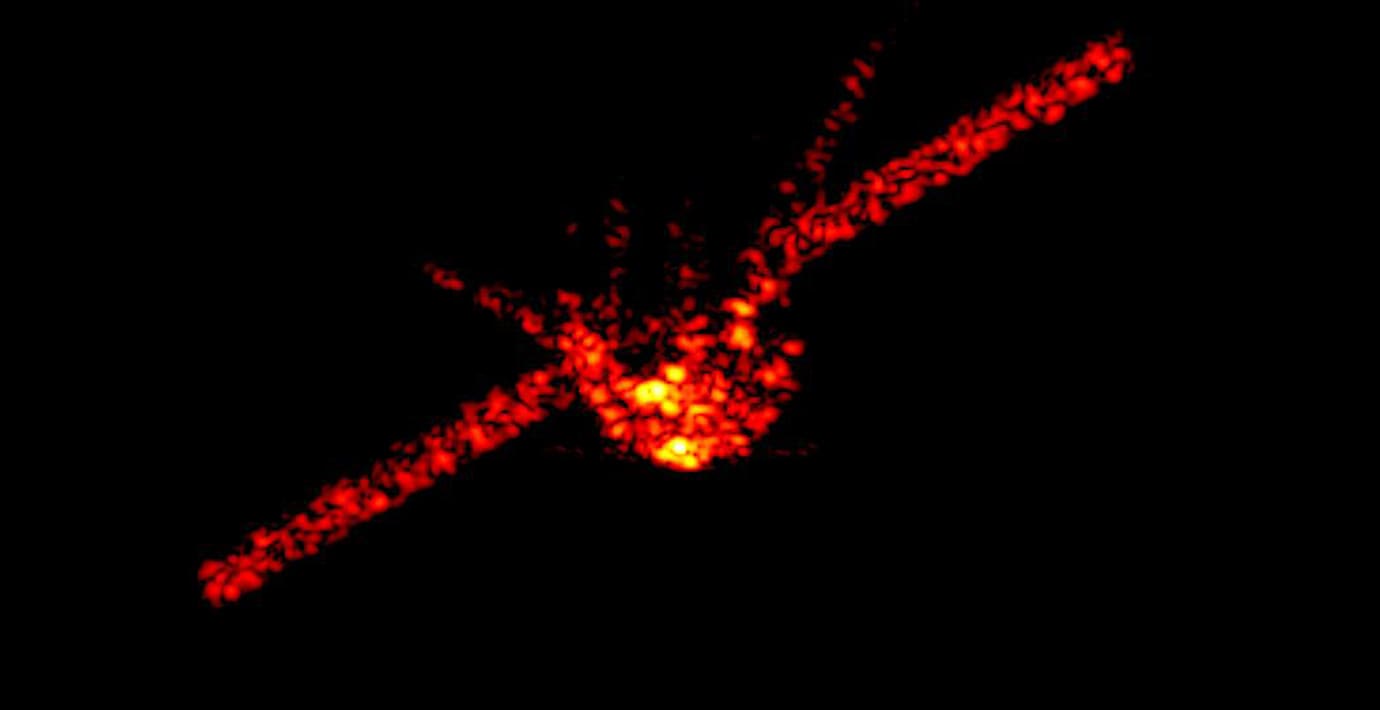
Kinesisk rymdstation brann och föll ner i Stilla havet
Den kinesiska rymdstationen Tiangong-1 bröts i småbitar på sin väg mot södra Stilla havet, uppger landets rymdorganisation.
Enligt Peking brann rymdstationen till största del upp i atmosfären klockan 02.15 svensk tid.
Företrädare för den kinesiska rymdorganisationen hade även tidigare framhållit att stationen inte skulle orsaka några skador när den kom tillbaka till jorden.
Den europeiska rymdorganisationen ESA har tidigare uppgett att rymdstationen antagligen skulle brytas i bitar över vatten. Enligt ESA var sannolikheten att någon skulle träffas av en bit av Tiangong-1 10 miljoner gånger mindre än den årliga risken att träffas av blixten.
Tidigare artiklar
bakgrund
Tiangong-1
Wikipedia (en)
Tiangong-1 (Chinese: 天宫一号; pinyin: Tiāngōng yīhào; literally: "Celestial Palace 1") is China's first prototype space station, serving as both a manned laboratory and an experimental testbed to demonstrate orbital rendezvous and docking capabilities. Launched unmanned aboard a Long March 2F/G rocket on 29 September 2011, it is the first operational component of the Tiangong program, which aims to place a larger, modular station into orbit by 2023. Tiangong-1 was initially projected to be deorbited in 2013, to be replaced over the following decade by the larger Tiangong-2 and Tiangong-3 modules, but as of 22 March 2018 it was still aloft, though in a decaying orbit.
Tiangong-1 was visited by a series of Shenzhou spacecraft during its two-year operational lifetime. The first of these, the unmanned Shenzhou 8, successfully docked with the module in November 2011, while the manned Shenzhou 9 mission docked in June 2012. A third and final mission to Tiangong-1, the manned Shenzhou 10, docked in June 2013. The manned missions to Tiangong-1 were notable for including China's first female astronauts, Liu Yang and Wang Yaping.
On 21 March 2016, after a lifespan extended by two years, the Space Engineering Office announced that Tiangong-1 had officially ended its service. They went on to state that the telemetry link with Tiangong-1 had been lost. A couple of months later, amateur satellite trackers watching Tiangong-1 found that China's space agency had lost control of the station. In September, after conceding they had lost control over the station, officials speculated that the station would re-enter and burn up in the atmosphere late in 2017.
According to China Manned Space, as of 22 March 2018, Tiangong-1 was orbiting at an altitude of 139.7 miles (224.8 km), which corresponds to an orbital speed of 17,000 miles per hour (28,000 km/h). It is expected to deorbit between late March and early April 2018. The station will reenter between 42.7°N and 42.7°S latitude, at an unknown longitude.
Omni är politiskt obundna och oberoende. Vi strävar efter att ge fler perspektiv på nyheterna. Har du frågor eller synpunkter kring vår rapportering? Kontakta redaktionen



